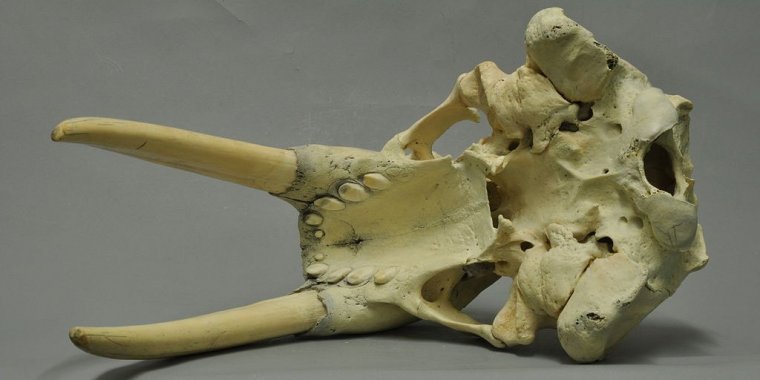| News / Science News |
Lost Norse of Greenland fuelled the medieval ivory trade, ancient walrus DNA suggests
New DNA analysis reveals that, before their mysterious disappearance, the Norse colonies of Greenland had a “near monopoly” on Europe’s walrus ivory supply. An overreliance on this trade may have contributed to Norse Greenland’s collapse when the medieval market declined.
The Icelandic Sagas tell of Erik the Red: exiled for murder in the late 10th century he fled to southwest Greenland, establishing its first Norse settlement.
The colony took root, and by the mid-12th century there were two major settlements with a population of thousands. Greenland even gained its own bishop.
By the end of the 15th century, however, the Norse of Greenland had vanished – leaving only abandoned ruins and an enduring mystery.
Past theories as to why these communities collapsed include a change in climate and a hubristic adherence to failing farming techniques.
Some have suggested that trading commodities – most notably walrus tusks – with Europe may have been vital to sustaining the Greenlanders. Ornate items including crucifixes and chess pieces were fashioned from walrus ivory by craftsmen of the age. However, the source of this ivory has never been empirically established.
Now, researchers from the universities of Cambridge and Oslo have studied ancient DNA from offcuts of tusks and skulls, most found on the sites of former ivory workshops across Europe, in order to trace the origin of the animals used in the medieval trade.
In doing so they have discovered an evolutionary split in the walrus, and revealed that the Greenland colonies may have had a “near monopoly” on the supply of ivory to Western Europe for over two hundred years.
The DNA showed that, during the last Ice Age, the Atlantic walrus divided into two ancestral lines, which researchers term “eastern” and “western”. Walruses of the eastern lineage are widespread across much of the Arctic, including Scandinavia. Those of the western, however, are unique to the waters between western Greenland and Canada.
Finds from the early years of the ivory trade were mostly from the eastern lineage. Yet as demand grew from the 12th century onwards, the research team discovered that Europe’s ivory supply shifted almost exclusively to tusks from the western lineage.
They say that ivory from western linage walruses must have been supplied by the Norse Greenlanders – by hunting and perhaps also by trade with the indigenous peoples of Arctic North America.
The change in the ivory trade coincides with the flourishing of the Norse settlements on Greenland. The populations grew and elaborate churches were constructed.
Later Icelandic accounts suggest that in the 1120s, Greenlanders used walrus ivory to secure the right to their own bishopric from the king of Norway. Tusks were also used to pay tithes to the church.
The new study tells us less about the end of the Greenland colonies, say Barrett and colleagues. However, they note that it is hard to find evidence of walrus ivory imports to Europe that date after 1400.
Whatever caused the cessation of Europe’s trade in walrus ivory, it must have been significant for the end of the Norse Greenlanders. (University of Cambridge)
YOU MAY ALSO LIKE



